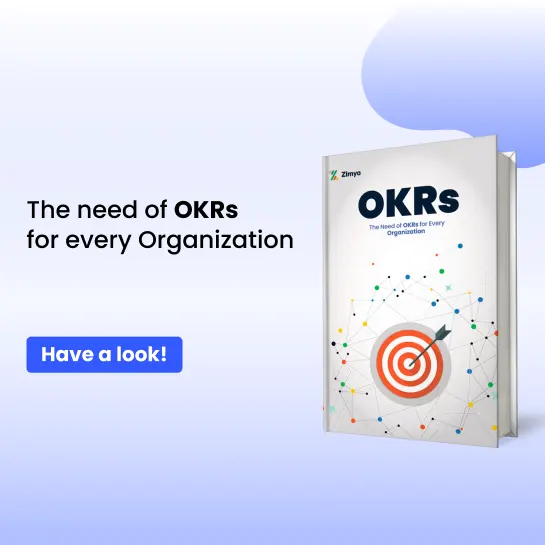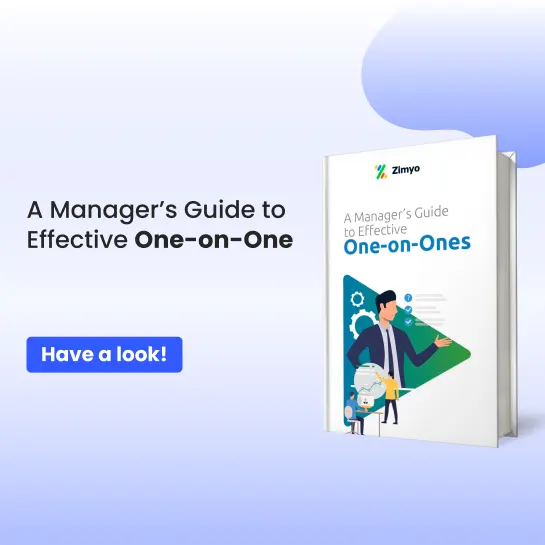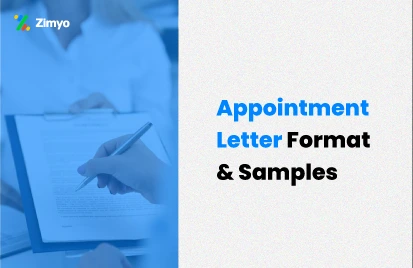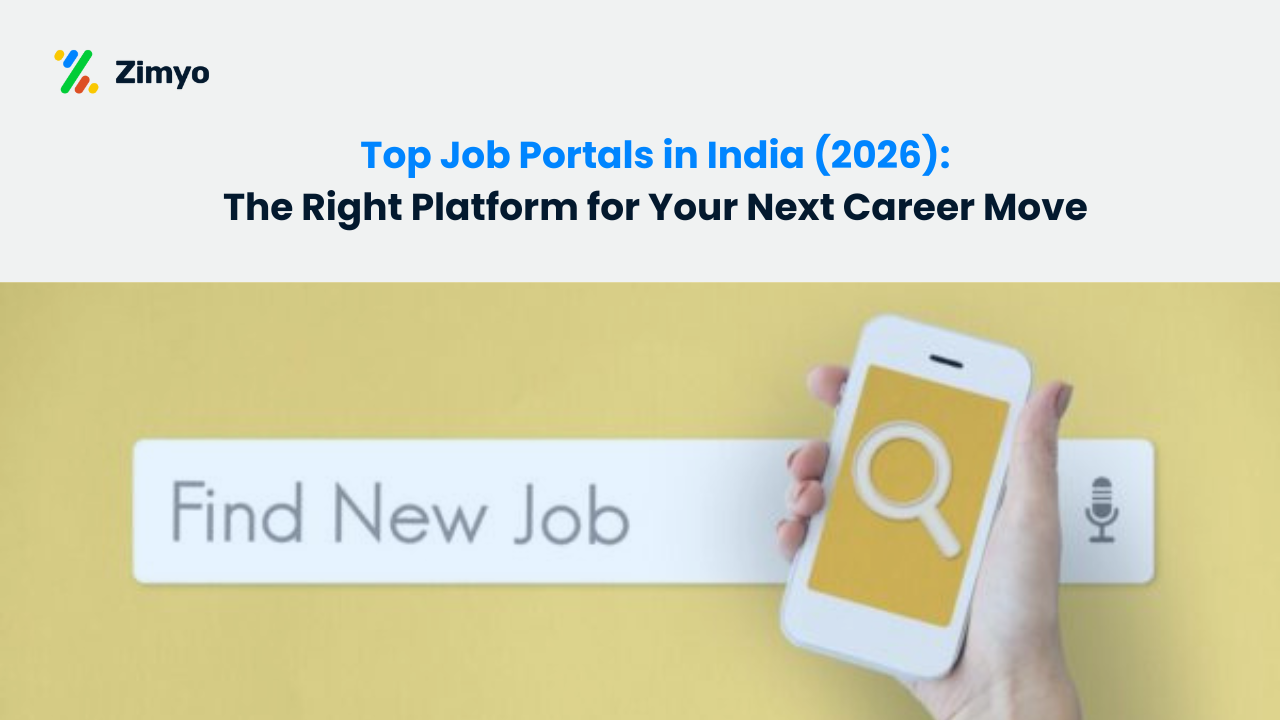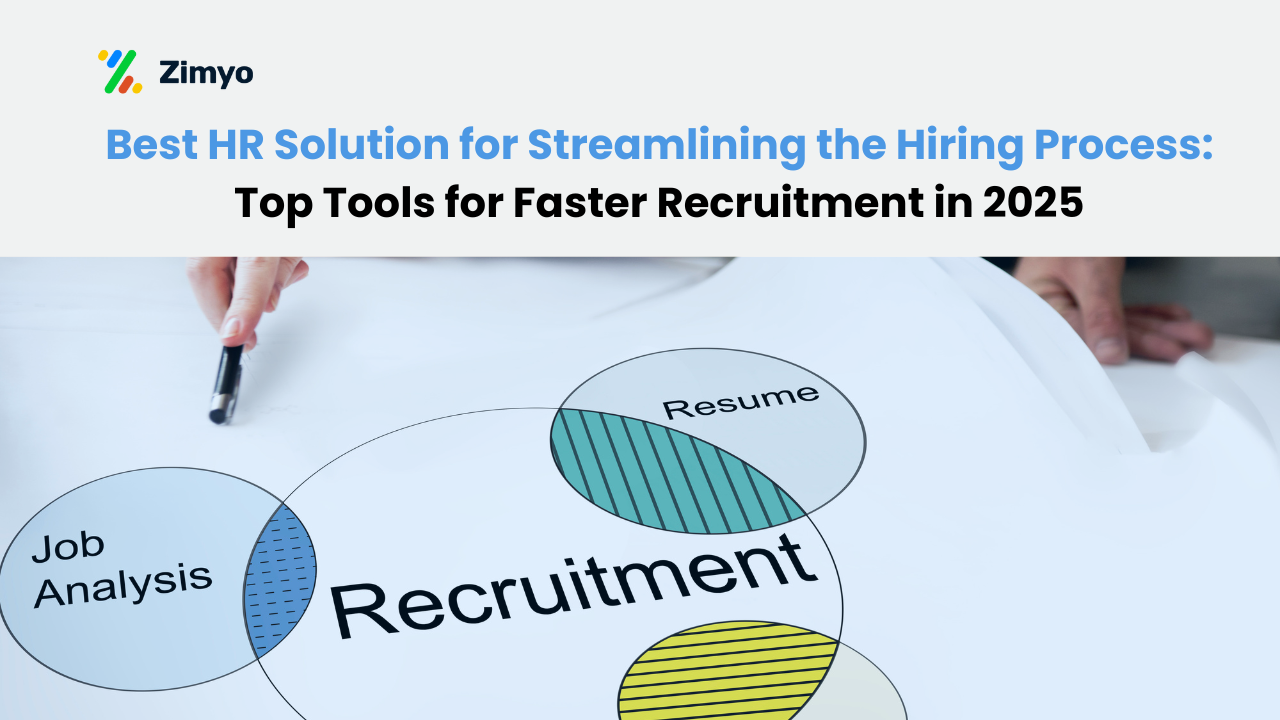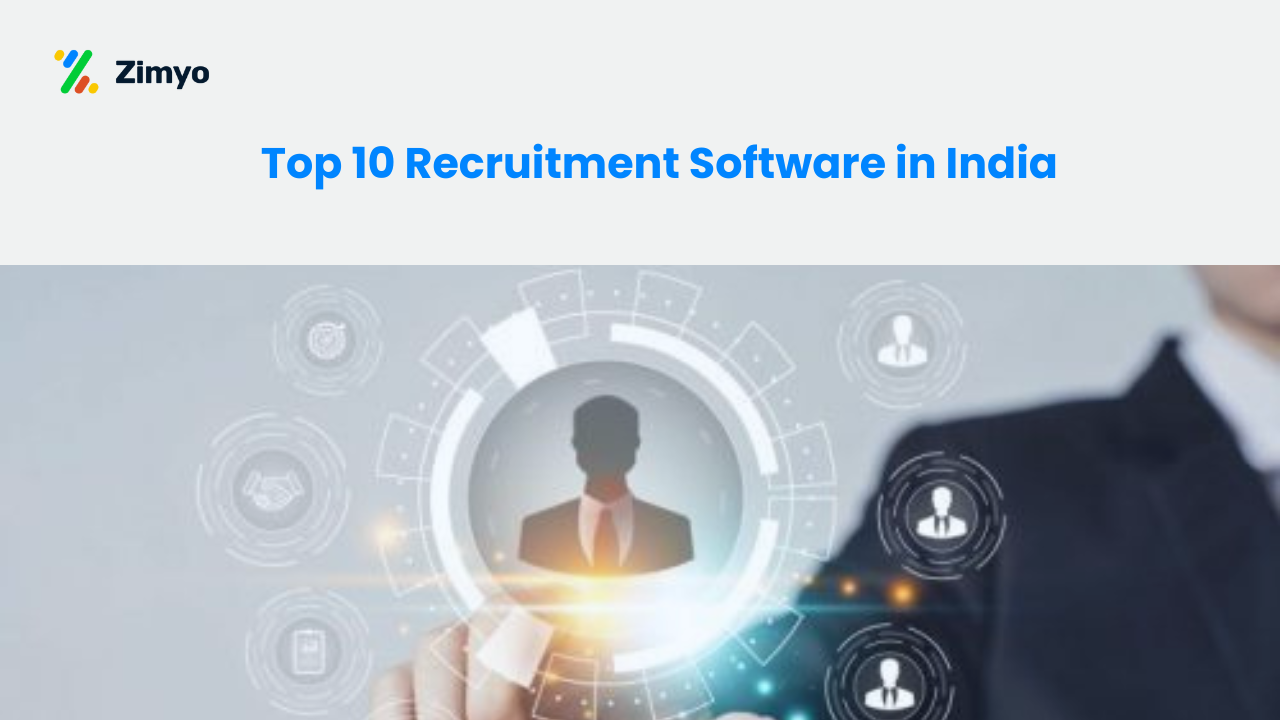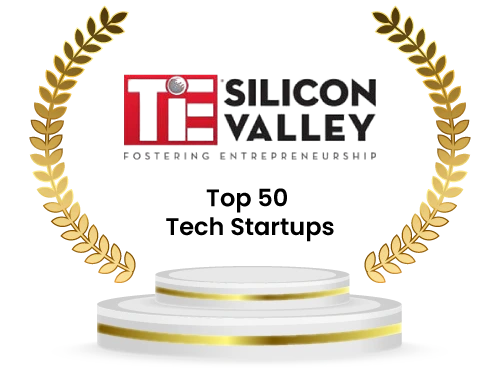Did you know that in 2025, nearly 72% of HR professionals globally indicate making use of some kind of AI within their job, compared to 58% just one year ago? (Source: Staffing Industry). And in talent acquisition alone, almost 67% of organizations already use AI for sourcing, screening, or recruitment activities (Source: Second Talent).
These statistics point to a compelling transition: AI in talent management is no longer a buzzword, it’s becoming an integral component of how businesses recruit, develop, retain, and manage talent. From authoring blind job descriptions and forecasting turnover, to crafting custom learning journeys and offering real-time performance feedback, AI is enabling HR organizations to work smarter, faster, and more strategically.
Why does this change matter so much? Because talent management today is tougher than ever:
- The skills gap remains to get even wider, making it more difficult to locate individuals having appropriate capabilities.
- Employee aspirations are increasing; they expect purposeful work, career advancement, and tailor-made opportunity for growth.
This is where AI steps in – not as a replacement for human judgment, but as a powerful partner. By combining human expertise with AI-driven insights, businesses can transform traditional HR practices into proactive, predictive, and highly personalized strategies.
So, whether you’re an HR leader, a business owner, or someone interested in learning how AI is transforming the work of the future, this guide will provide you with clarity and strategies necessary to guide the next chapter of talent management in HRM.
Check Out Zimyo ATS for Smooth Hiring Process.
What is Talent Management?
Talent management is more than staffing, it’s a strategic HRM activity that addresses the entire employee life cycle. It makes sure organizations acquire, retain, and develop talent to address current and future business requirements.
Here’s the breakdown:
- Talent Acquisition & Recruitment: Identifying and drawing in the right individuals with the correct abilities. It involves employer branding, recruitment advertising, candidate engagement, and ai recruiting techniques currently.
- Onboarding & Engagement: Assisting new employees to get accustomed in no time, feel welcome, and begin contributing earlier. Successful onboarding enhances retention rates and enhances employee satisfaction.
- Learning & Development: Fostering staff growth with training initiatives, coaching, mentoring, and reskilling. This keeps employees ready at all times for changing roles and marketplace demands.
- Performance Management: Goal setting, monitoring progress, providing feedback, and motivating responsibility. The goal is to keep personal development aligned with business goals.
- Succession Planning: Developing future leaders through spotting high-potential staff and developing leadership pipelines.
- Retention & Engagement: Keeping employees happy and engaged so that they remain with the organization for the long term.
In short, talent management isn’t about “managing people” – it’s about managing potential and making sure the organization has the skills and motivation it needs to succeed.
The Role of AI in Talent Management (Modern Way)
In today’s workplace, AI talent management has proved to be a game-changer. Old-school HR procedures used to rely on manual data analysis, gut feelings, or stale reviews, but AI provides accuracy, automation, and personalization.
This is how AI is changing the talent management process:
- Automating Labor-Intensive Processes: Resume screening, interviewing scheduling, FAQs with chatbots, liberating HR professionals to concentrate on strategic planning.
- Wiser Decision-Making with Insights: AI applications review employee data in bulk – everything from performance histories to engagement surveys—to deliver predictive insights. For instance, anticipating which workers are likely to exit or which capabilities will be in demand in the future.
- Tailored Talent Growth: AI assists with personalized learning paths adapted to every employee’s skills, objectives, and professional goals. This means talent management tactics don’t follow a one-size-fits-all strategy.
- Real-Time Feedback & Ongoing Monitoring: Replacing annual performance reviews, AI systems provide real-time performance analytics so managers can take timely action.
- Facilitating Fairness & Diversity: AI may be used to scrutinize job postings, hiring patterns, and promotions for unconscious bias and recommend strategies for improving diversity and inclusion.
In the current context, AI for HR revolutionizes talent management as a reactive function to an active and predictive approach, granting companies an advantage in talent management.
Top 3 Challenges That Impact Effective Talent Management
Despite the advantages of technology and systematic HRM, organizations struggle to manage talent. The following are the three most important challenges:
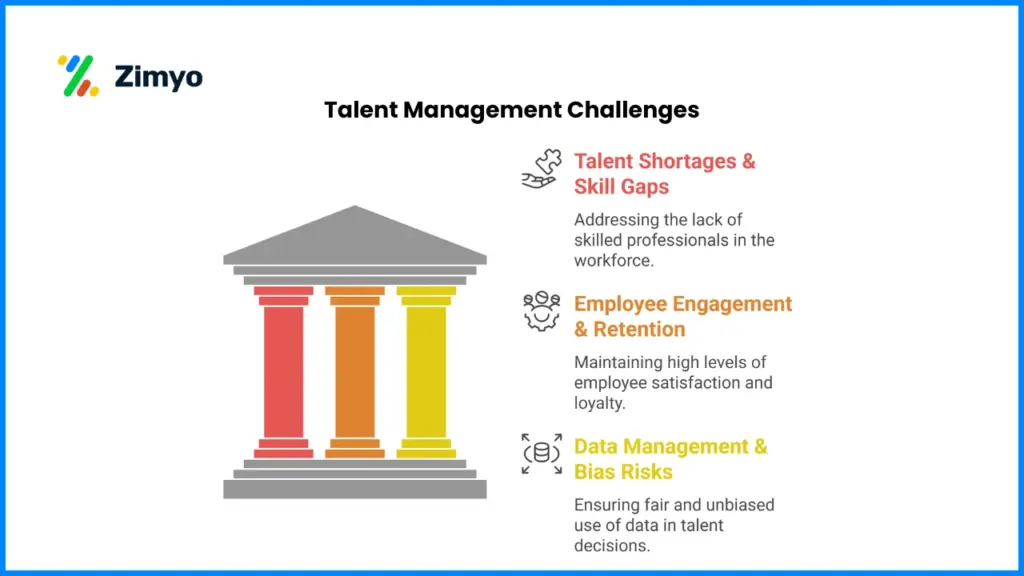
1. Talent Shortages & Skill Gaps
- The world is changing at a faster rate than ever before – technology changes, job roles change, and new competencies are needed.
- Organizations find it difficult to make their employees’ future ready. Gap analysis and ai in talent development come in here to spot shortages in skills early on and prepare reskilling programs.
2. Employee Engagement & Retention
- Employees leave in large numbers as they don’t have evident career growth paths or don’t sense a connection.
- Retention is not solely about pay, it is about crafting meaningful work, opportunities for career growth, and a quality work culture.
- Without effective talent management practices, high turnover results in increased recruitment costs and loss of knowledge.
3. Data Management & Bias Risks
- HR data is normally distributed across systems, which leads to it being challenging to gain an end-to-end view of employees.
- When data is lacking or inadequately analyzed, organizations make poor talent choices.
- Bias is another threat: humans and AI systems may unwittingly make discriminatory decisions in hiring, promotion, or performance reviews, blunt talent management in HRM.
How Artificial Intelligence in Talent Management is Revolutionizing
AI already is changing how businesses are doing talent management strategies by introducing new capabilities, enhancing speed & accuracy, and allowing scaling.
Some of the ways this revolution is taking place:
- Accelerating hiring & minimizing expense — Resume parsing, candidate screening, initial tests, chatbots responding to FAQs, etc.
- Predicting people requirements — Employing analytics to forecast retirements, future skill needs, coverage for future projects, etc.
- Scaling personalization — Rather than cookie-cutter training, providing employees with paths tailored to their existing skills, aspirations, gaps.
- Enhancing decision making with real-time insights — Performance metrics, employee sentiment, skill gap detection, attrition chances etc., updated continually.
Employee Data Insights:
Here are more details on how employee data is used with AI to enable smarter talent management:
Predictive Analytics
Using historical data (performance reviews, turnover rates, employee engagement, learning metrics) to predict:
- Which employees are at risk of leaving;
- What skills will be needed in the years to come;
- Who are likely high-potential leaders.
Employee Sentiment Tracking
Survey response analysis, internal comms, feedback tools, even slack/email threads to measure mood, morale, engagement. Assists in catching issues early (such as disengagement) which can result in turnover or productivity loss.
Skill Gap Analysis
Matching present skills in the labor force with what is needed for future business objectives or positions. AI can trace skills, identify gaps, assist with suggesting training or employment to cover gaps.
These insights into data allow organizations to act ahead of the curve and not reactively when dealing with talent management.
AI-Driven Talent Strategies
Let’s examine how AI enables particular talent strategies:
Recruitment / AI recruiting
- Automated screening & sourcing to accelerate candidate pipelines.
- Matching algorithms to match candidates’ skills, experience, cultural fit.
- Virtual interviews, AI-based testing to eliminate irrelevant profiles early.
Workforce Planning
- Projecting which positions will be required in 1-3 years.
- Succession planning in leadership or other key positions.
- Planning for retirement, skill obsolescence, etc.
Diversity & Inclusion
- Eliminating bias within job descriptions, in resume screening.
- Making candidate pools diverse (gender, ethnicity, background) through AI-based sourcing.
- Tracking metrics to ensure fair treatment in promotions, compensation, exposure.
Personalized Learning & Development
Educating employees is critical to properly managing talent. With AI:
Personalized Learning Paths
Depending on skill gap and existing roles, workers receive personalized learning modules, courses, experiences based on them instead of standardized training.
Adaptive Learning Platforms
These tailor content, difficulty, pace to employee answers; monitor progress automatically and recommend next best subjects.
Virtual Coaches & Mentors
AI can mimic mentoring or give supportive feedback; recommend mentoring pairings; even chatbots or virtual assistants that facilitate ‘just-in-time’ learning or solving.
All of this aids employee development, career development, retention.
Redefining Performance Management with AI
Legacy performance reviews are typically annual, trailing, judgmental. AI makes possible:
Real-Time Feedback
Managers and employees can be continuously given feedback—via mechanisms that collect feedback from peers, projects, customer or stakeholder feedback.
Dynamic Goal Setting
Goals are revised when business or environment shift, or when employee develops. AI tools assist in setting realistic, challenging, aligned goals from data.
Performance Analytics
Monitoring metrics (work quality, deadlines, co-operation, etc.), comparing between teams, identifying trends. Allows to determine top performers, early under-performers, so support or appreciation can be provided.
Building a Culture of Continuous Learning
A revolutionary talent management in HRM relies not only on tools, but culture. AI facilitates establishing a culture of continuous learning through:
- Platforms that proffer micro-learning, small modules or bite-sized material when needed by employees.
- Learning communities or cohorts where workers share, mentor, coach one another. AI facilitates matchmaking on the basis of interests / requirement.
- Tools for knowledge sharing (internal wikis, clever searching, AI agents) so what workers learn is captured, searchable, recoverable.
This integrates learning into day-to-day work, as opposed to something sporadic.
Limitations of AI in Talent Management
Though AI holds tremendous promise, it’s not without flaws. Companies need to understand its limitations in order to use it properly:
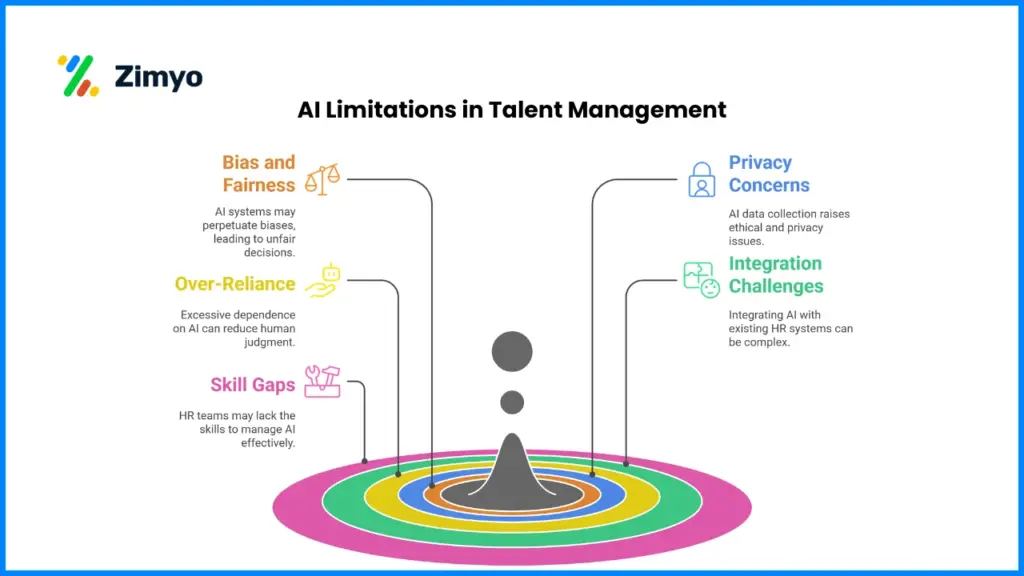
1. Bias and Fairness Issues
- If biased data is used to train AI, it will reflect those biases. As an instance, if previous hiring practices kept certain groups out, AI might do the same unintentionally.
- Companies need to proactively audit and fine-tune AI systems for fairness.
2. Privacy and Ethical Concerns
- AI draws upon sensitive employee information (emails, chat logs, performance metrics).
- Employees can feel under surveillance or even spied upon without good governance and explicit consent, losing trust.
3. Technology Over-Reliance
- AI is a means, not an end in itself. Over-reliance can diminish empathy, intuition, and the “human element” that’s so critical in HR.
4. Integration Challenges
- Most HR systems are siloed. Integrating AI into existing systems can be expensive, time-consuming, and complicated.
5. Skill Gaps in HR Teams
- All HR professionals do not have the capabilities to read AI insights. Without reskilling, there’s a likelihood of misusing or misreading AI outputs.
Therefore, though AI in HR is strong, organizations need to do it with responsible design, ethical guardrails, and human monitoring.
Practical Steps to Get Started with AI in Talent Management
Embracing AI needn’t be daunting. Here is a practical guide for organizations willing to implement AI into talent management:
1. Assess Your Needs and Goals
- Review pain points: Is hiring sluggish? Are employees not engaged? Is turnover elevated?
- Pinpoint what you wish AI to address – like quicker hiring, more effective learning, or enhanced retention.
2. Audit and Prepare Employee Data
- AI is only as good as the data it learns from. Have employee data be accurate, up-to-date, and ethically obtained.
- Shatter data silos between HR systems (recruitment, payroll, performance).
3. Start Small with Pilot Projects
- Begin in a single high-impact area – such as AI recruiting or skills gap analysis.
- Quantify results (time saved, cost reduced, satisfaction increased) before scaling.
4. Choose the Right Tools and Vendors
- Seek AI solutions that are integrated with your current HR tech stack.
- Focus on vendors who lead on explainability, reducing bias, and security.
5. Train and Upskill HR Teams
- Equip HR professionals with the ability to read AI insights.
- Create partnership between HR, data science, and IT teams.
6. Embed Ethics and Transparency
- Implement well-articulated policies around the use of AI in talent management.
- Share openly with employees how decisions are made and how their data are used.
7. Iterate and Scale
- Continuously improve AI systems based on business outcomes and employee input.
- Roll out AI gradually to span more ground: from employee development, to hiring, to continuous performance management.
Through these steps, organizations can use AI responsibly and effectively, making talent management a future-proofed, data-driven function.
Conclusion
AI for talent management is not just a trend – here and now, it’s becoming more of a necessity for organizations that wish to remain competitive, attract and retain talented individuals, and create solid, responsive workforces. AI in talent acquisition, performance, development, workforce planning, diversity and culture can achieve significant increases in speed, insight, fairness and scalability when applied effectively.
But AI is not magic. It takes good data, clear objectives, ethical methods, human supervision and a culture that trusts continuous learning and human beings. If you begin modestly, concentrate on the right tools, keep careful watch and keep human beings in the loop, you can get AI in talent management to work for you, both for your firm and for every employee’s development.
FAQs
What AI tools are used in HR?
Chatbots, resume screeners, predictive analytics platforms, learning systems, and performance management tools are common AI solutions in HR.
What is Talent AI?
Talent AI refers to using artificial intelligence to hire, develop, retain, and manage employees more effectively.
How to use AI for HR?
HR can use AI for recruiting, onboarding, training, performance tracking, workforce planning, and employee engagement.
How is AI changing Talent Acquisition?
AI speeds hiring by automating screening, improving candidate matching, reducing bias, and enhancing candidate experience.

